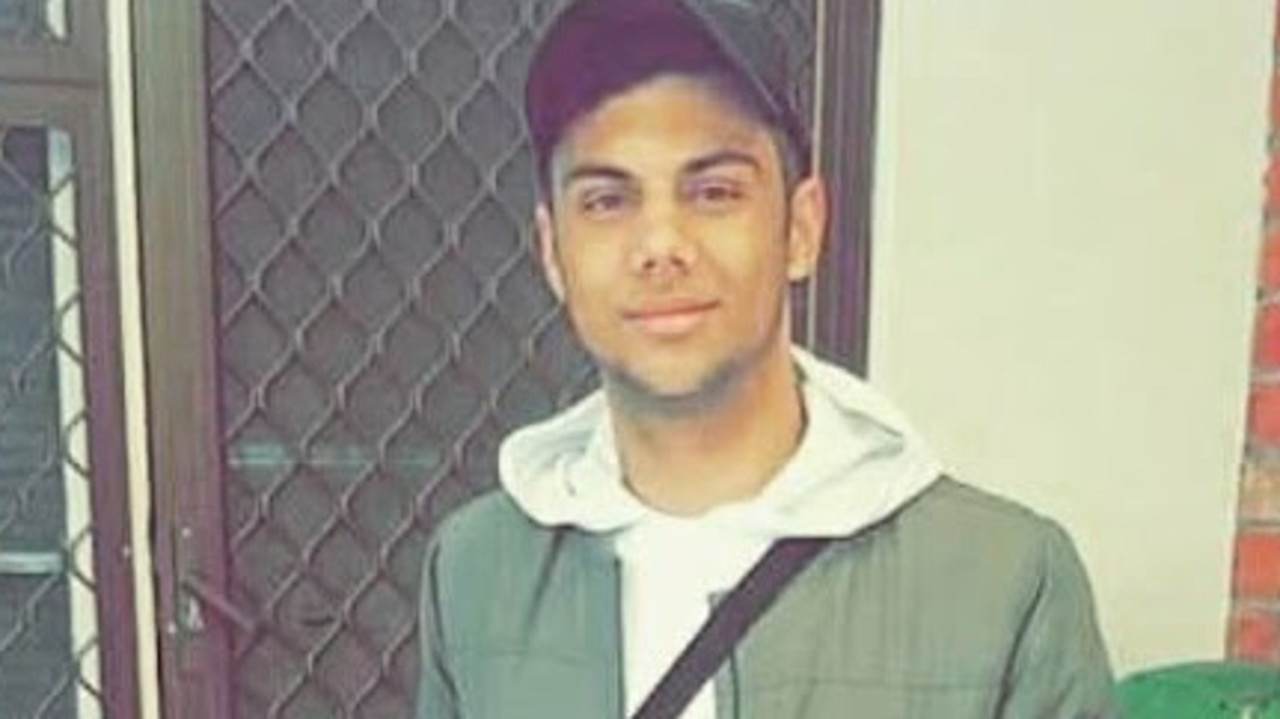Adelaide City Council reviews its 55 sports buildings in the parklands to improve safety and amenity
A review will now be conducted into 55 buildings after a series of complaints about safety and health risks.
SA News
Don't miss out on the headlines from SA News. Followed categories will be added to My News.
Sewage leaks, unsafe lighting, inadequate female changerooms and lack of toilets are forcing Adelaide City Council to review the future use of its 55 sports buildings in the parklands.
Sports groups and users have labelled the buildings an “embarrassment”, “disgusting”, “unsafe” and say they “retard the growth and future participation of young people in sport”.
The buildings also fail to cater for the significant growth in female sports with 26 buildings without gender inclusive changerooms.
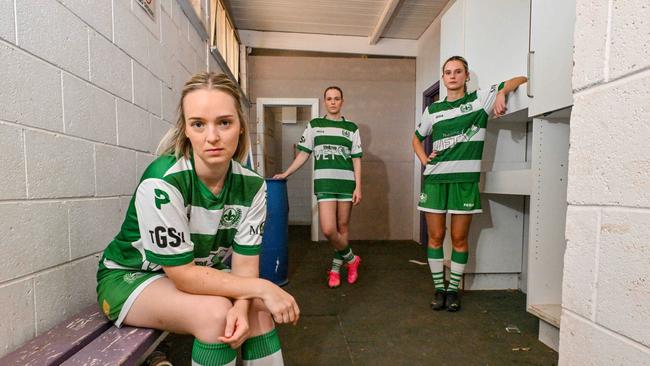
The council has proposed a co-funding model to replace the old infrastructure with shared multipurpose single-level buildings to meet community expectations.
The council consulted the public on its draft park lands community buildings (sport and recreation) policy at the end of last year, with the results tabled at Tuesday night’s meeting.
Of the 19 written, 82 survey and 125 poll responses there was strong support for new co-funded multi-use buildings.
Mercedes Old Collegiate Soccer Club women’s captain Madeleine Price highlighted in her submission sewage and irrigation issues at Park 21 and inadequate lighting at Park 18.
Ms Price said the investment in infrastructure was long overdue and would make players feel safe as we “won’t walk to the cars by ourselves, we wait and walk together in groups”.
“We pay a premium to be in the city and we have to hire two grounds because one has such bad draining and the lighting at the other, the council hasn’t done anything about it,” she said.
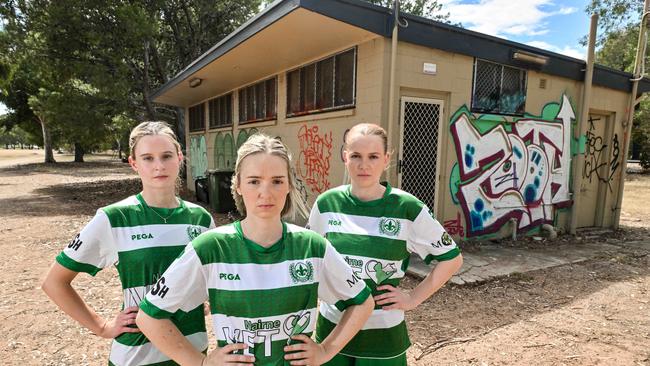
A female ultimate frisbee player also wrote she felt “unsafe in the poorly lit and isolating club rooms”, another said: “I have to walk through the urinal to get things from the storeroom”.
The Adelaide Lutheran Sports Club, in its submission, said it had invested hundreds of thousands of dollars into a facility that was “old, unsafe” and “deteriorating”.
“As it stands the current facilities are nowhere near adequate for the existing ALSC usage, however of even bigger concern is the way they have and continue to retard the growth and future participation of young people in sport and recreation,” it stated.
A soccer club that uses 27B stated it was using a building it had built in 1970s at a time when there was six boys teams, now 27 teams use the space including girls teams.
“The common area only holds a maximum of 15 people and there aren’t separate change rooms for girls players. In winter the undercover area is barely that, parents get wet and the cover is poor,” the submission read.
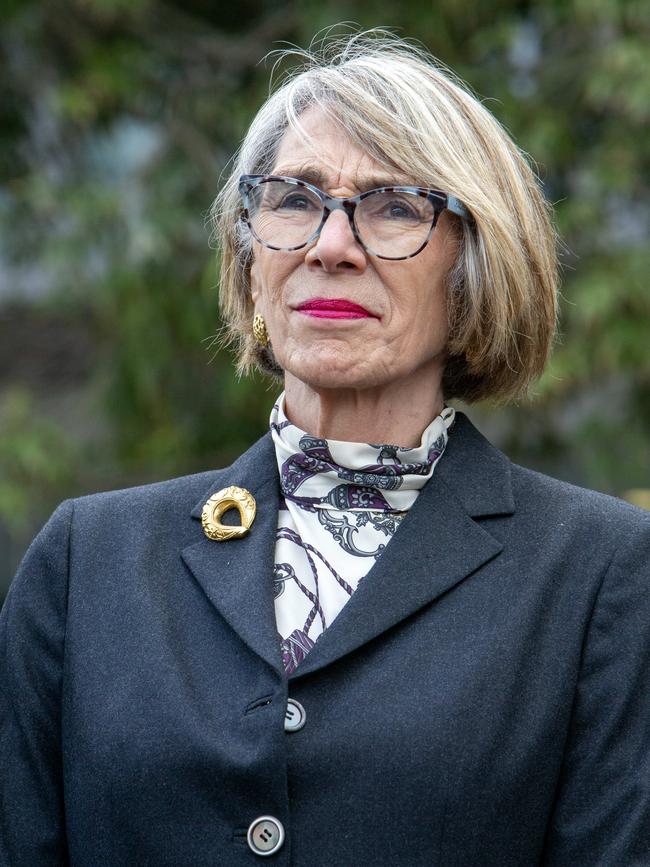
Many respondents said an expectation of the policy there be no net loss of parklands when replacing buildings with a single-level mixed-use building was unrealistic.
Adelaide Community Sports & Recreation Association has $2.7m of its own funding and has sought co-funding from the council to rebuild the facility at Park 21W since 2021.
“ASCARA’s current building design provides fit for purpose facilities over a two level building with minimal loss of parklands space once the existing building is removed,” it said.
Respondents also disagreed there be no additional carparking, or loss of trees, instead they suggested trees be replaced with new plantings.
Adelaide Park Lands Association president Shane Sody raised concerns with the demand from community sports on the parklands as the public should have free and unrestricted access.
“There has been pressure in recent years for sports clubs to not just want facilities to play sport, but to get facilities of a private nature – bars, gymnasiums, meeting rooms, function rooms and storage sheds, which come at the expense of public access,” Mr Sody said.
Mr Sody suggested the policy include criteria such as new buildings only be permitted when the demolition of old buildings effects a net increase in parklands accessible to the public.
And co-funding only be offered to the extent public access is allowed to use the building, for example if only 25 per cent of the floor area is available to the public then the council’s contribution not exceeds 25 per cent.
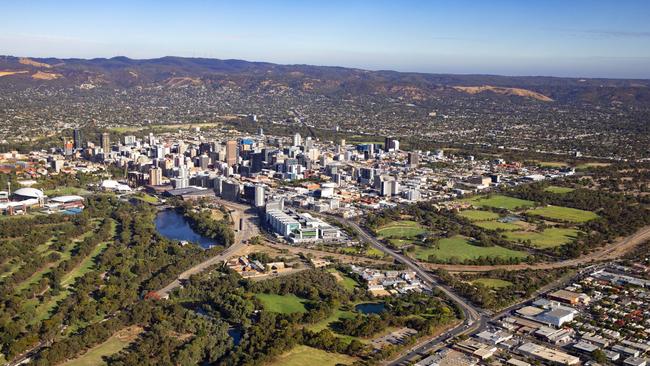
Lord Mayor Jane Lomax-Smith said there were diverse views among council members on the policy, but the “key issue for us is financial” as the buildings were being used as “state and metropolitan wide facilities”.
“It is not feasible for City of Adelaide ratepayers to fund this infrastructure base as it would cost perhaps $200 million to upgrade these amenities,” Dr Lomax-Smith said.
The Office of Recreation, Sport and Racing stated there were several grant programs to support development of sports facilities, including changerooms.
“ORSR congratulates council on the development of the draft policy to date and acknowledges the significance of the policy for the council, sporting groups that utilise facilities in the parklands and the greater South Australian community,” chief executive Kylie Taylor wrote.
The last comprehensive study of parklands visitation found 20 per cent of the nine million visits, or 1.8 million, in 2012/13 were for organised sport.
There are 118 buildings within 658ha of council-controlled parklands – 55 of the 63 sports buildings are owned by the council.
Currently, lessees are responsible for the maintenance of buildings and infrastructure, such as lighting, playing surfaces and irrigation, with some spending $180,000 each year.
The council’s Adelaide Park Lands Authority will now hold a workshop on the policy and a report will then be brought back to council.
Draft renewal priorities include:
Park 20: Six buildings and two shipping containers (used for storage) servicing a range of school and community groups. Opportunity to establish two fit for purpose sports facilities with adequate storage.
ACC implementation $4m, seek co-contributions
Park 22: The building services a netball hub with 24 courts and has structural issues. Inadequate toilets for the high number of players and spectators. A horticulture hub is adjacent. Opportunity to bring all functions together into one building.
ACC implementation $4m, seek co-contributions
Park 21: Poor facilities and lack of amenity has held site back. Existing changerooms service three pitches and poorly located, with user safety concerns. Recent sewer issues. Site includes two tennis courts. Opportunity for the site to become a potential women’s sports hub for soccer, AFL and cricket on 2.6ha.
ACC implementation $4m, seek co-contributions
More Coverage
Originally published as Adelaide City Council reviews its 55 sports buildings in the parklands to improve safety and amenity




